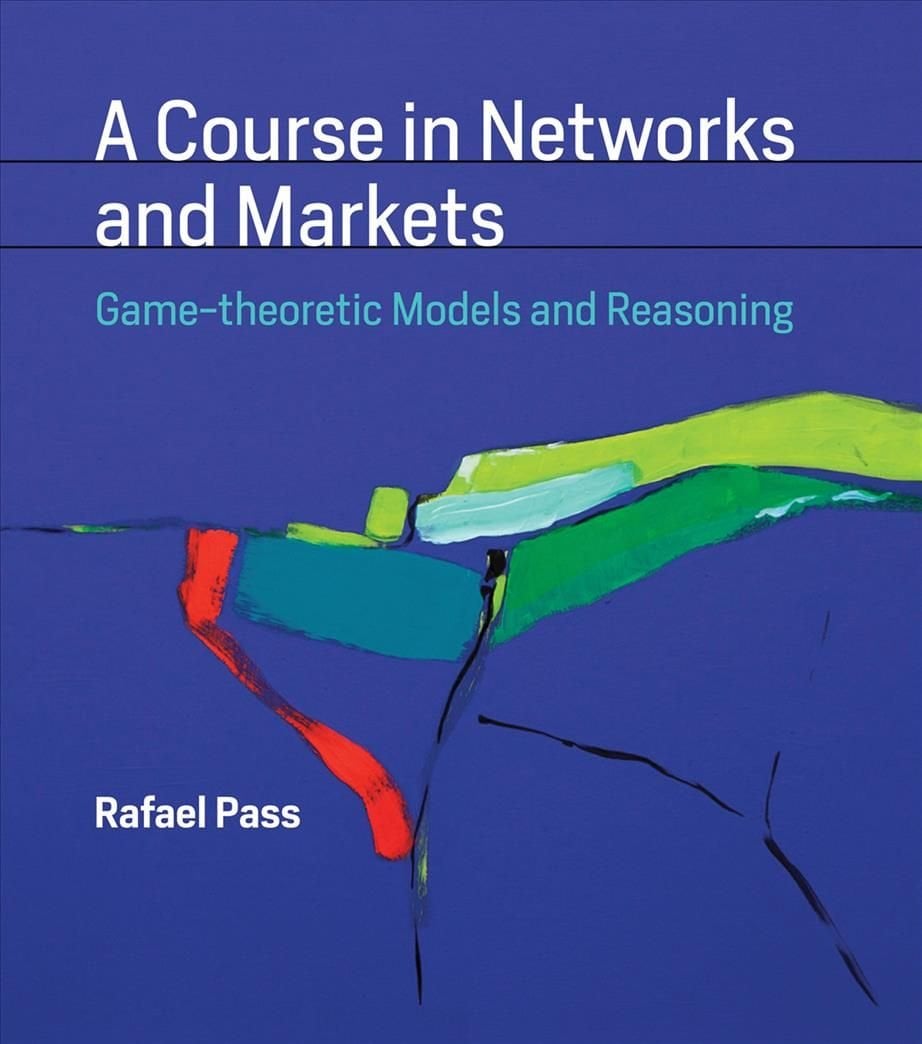A graduate-level, mathematically rigorous introduction to strategic behavior in a networked world.This introductory graduate-level text uses tools from game theory and graph theory to examine the role of network structures and network effects in economic and information markets. The goal is for students to develop an intuitive and mathematically rigorous understanding of how strategic agents interact in a connected world. The text synthesizes some of the central results in the field while also simplifying their treatment to make them more accessible to nonexperts. Thus, students at the introductory level will gain an understanding of key ideas in the field that are usually only taught at the advanced graduate level. The book introduces basic concepts from game theory and graph theory as well as some fundamental algorithms for exploring graphs. These tools are then applied to analyze strategic interactions over social networks, to explore different types of markets and mechanisms for networks, and to study the role of beliefs and higher-level beliefs (beliefs about beliefs). Specific topics discussed include coordination and contagion on social networks, traffic networks, matchings and matching markets, exchange networks, auctions, voting, web search, models of belief and knowledge, and how beliefs affect auctions and markets. An appendix offers a &;Primer on Probability.&; Mathematically rigorous, the text assumes a level of mathematical maturity (comfort with definitions and proofs) in the reader.












